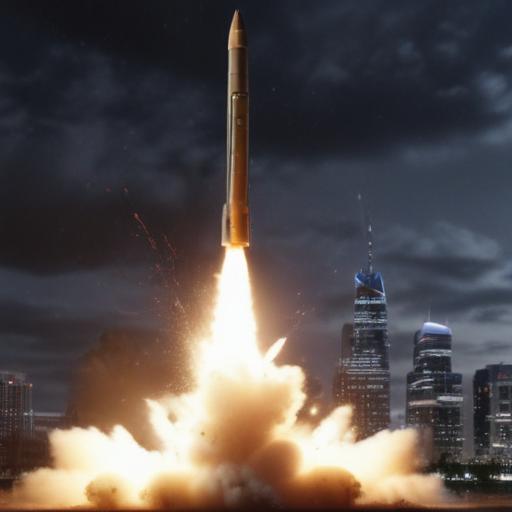The recent bombings of Iran’s nuclear facilities marked a significant escalation in military operations, utilizing the GBU-57 Massive Ordnance Penetrator (MOP) that had been in development for over 15 years. General Dan Caine, the chairman of the Joint Chiefs of Staff, provided an overview of the operations during a press briefing at the Pentagon.
The strikes, part of Operation Midnight Hammer, involved the deployment of 14 MOPs by B-2 Spirit stealth bombers, targeting two key sites: Fordow and Natanz. The design of the MOP, weighing 30,000 pounds and capable of penetrating facilities buried deep underground, reflects extensive research into Iran’s fortified structures, particularly the Fordow site, which has long been a focal point for intelligence efforts.
Caine explained that the bomb’s development was a response to an identified gap in the U.S. military’s capability to target such hardened facilities. Collaboration with defense industry partners like Boeing and Northrop Grumman helped in refining the bomb’s effectiveness.
The MOP is approximately 20.5 feet long and has a unique capability to penetrate structures up to 200 feet deep before detonating, a feature instrumental for minimizing surface damage typical of conventional bombs. The military undertook extensive testing of the bomb, ensuring precision targeting to maximize its destructive potential on the intended sites.
In his remarks, Caine emphasized that the operation was meticulously planned, noting that the U.S. had intelligence that would determine the effectiveness of the strikes. Satellite images have confirmed the results, showing evidence of penetrations at the Fordow facility, with intelligence assessments suggesting that the strikes may have significantly hampered Iran’s nuclear ambitions, at least in the short term.
While the Trump administration and Israeli officials have heralded the strikes as a major success, with claims that Iran’s nuclear capabilities have been set back by years, some analysts remain skeptical. They caution that Iran may quickly regroup, rebuild its infrastructure, and continue its pursuit of a nuclear weapon.
Overall, the GBU-57 bombings reflect the complex and often fraught history of U.S.-Iran relations, underscoring the ongoing tensions surrounding nuclear proliferation in the region. As the global community watches closely, there remains a hope that diplomatic solutions will ultimately prevail over military actions in addressing these critical security concerns.
